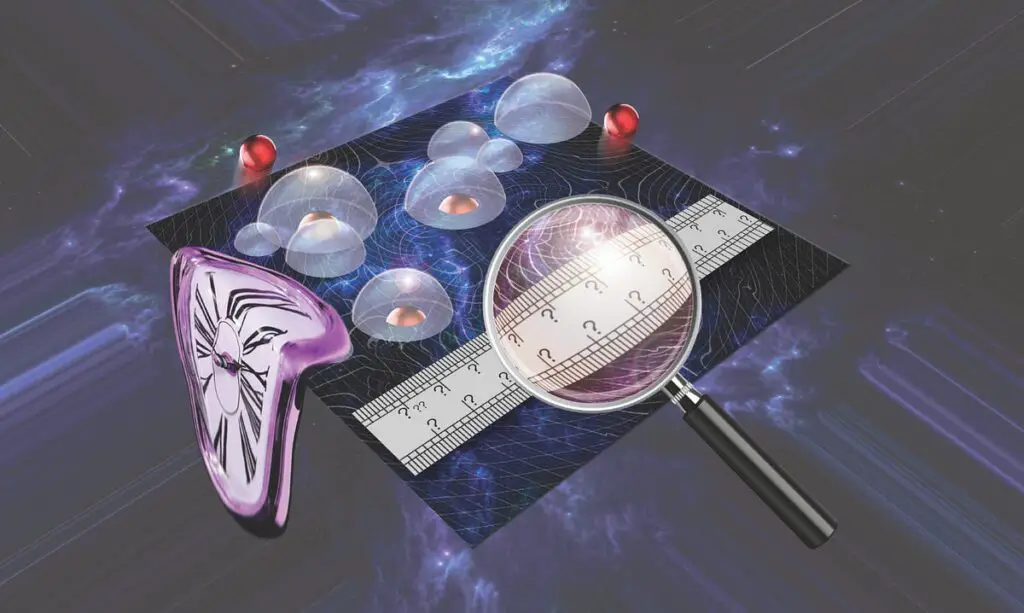Our ability to measure the smallest and largest aspects of the universe is limited by the Planck length and time, where our traditional laws of physics and timekeeping break down. The smallest distance, known as the Planck length, is 1.6 x 10−35 meters, making it impossible to measure anything smaller. Likewise, the smallest unit of time, the Planck time, is 10^-43 seconds, causing time to become unmeasurable at this scale.
At the Planck length and time scales, the laws of physics that we typically rely on to understand the universe cease to function. The principles of general relativity, which explain gravity and the structure of space-time, no longer hold true. This presents a significant challenge in our quest to understand the earliest moments of the universe, particularly in the moments leading up to the Big Bang.
This inability to measure space and time at such extreme scales has led scientists to seek a “grand unified theory” that can reconcile the physics of the very large (relativity) with the physics of the very small (quantum theory). This pursuit is essential for gaining a complete understanding of the fundamental laws that govern our universe.
The implications of the Planck length and time extend beyond just theoretical physics. It has transformed our understanding of space, time, and the nature of the vacuum. Even the emptiest regions of space are filled with virtual particles that fluctuate in and out of existence, creating a complex and dynamic environment known as the quantum foam.
Additionally, the discovery of the Planck length and time has profound implications for our understanding of the Big Bang and the origins of the universe. While we can trace the evolution of the universe back to nearly its inception, the moments leading up to the Planck length remain a mystery. This presents a fundamental limitation in our ability to describe these critical moments in the history of the universe.
The study of insanely immense cosmic structures, such as stars, galaxies, and black holes, and the brain-blending world of the unimaginably small in the quantum realm are both fascinating and challenging areas of scientific inquiry. However, the concept of the Planck length and time introduces a new frontier that pushes the boundaries of our understanding of the universe. As we continue to explore and study these extreme scales, we are confronted with the fundamental limitations of our current scientific frameworks.
Source link


